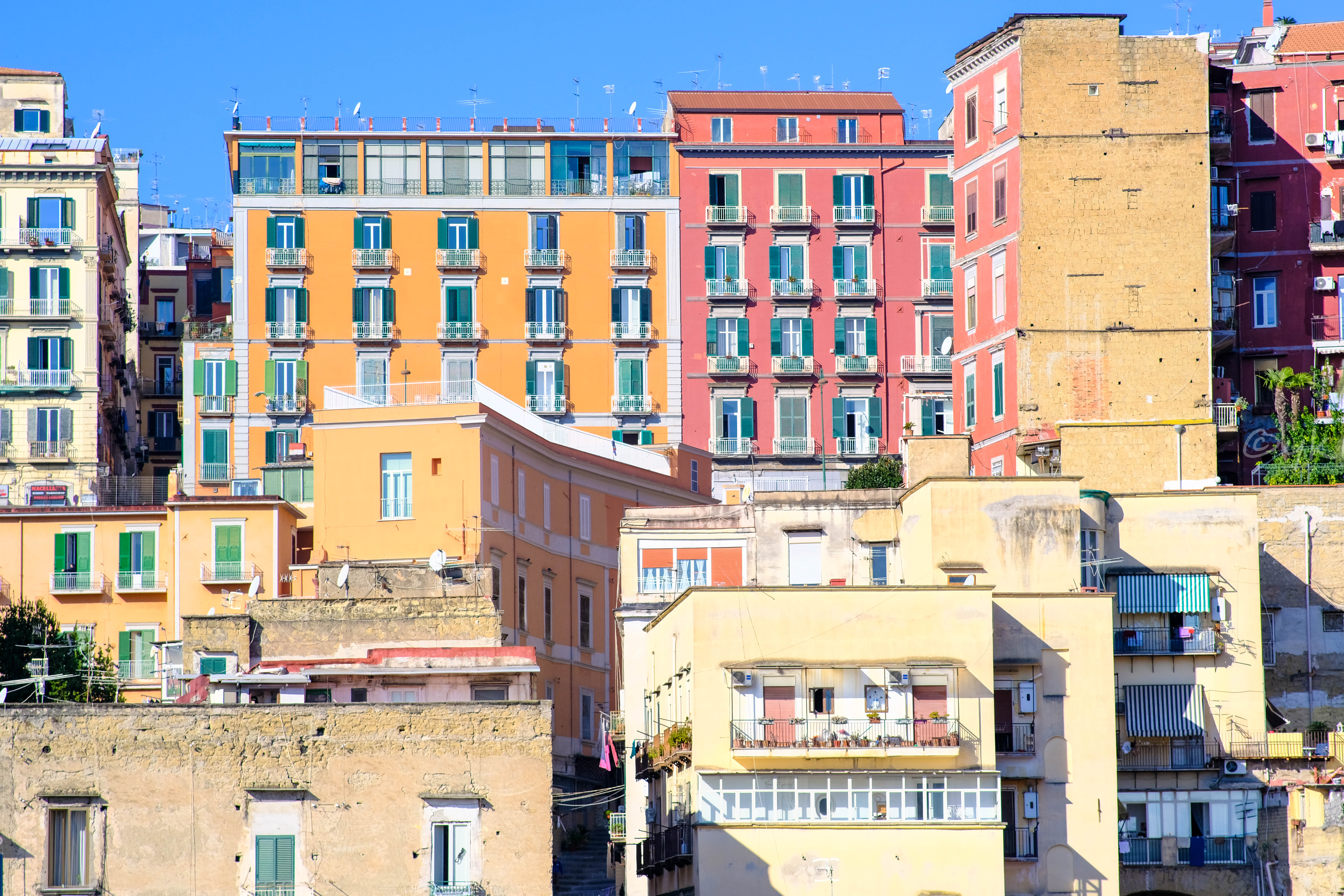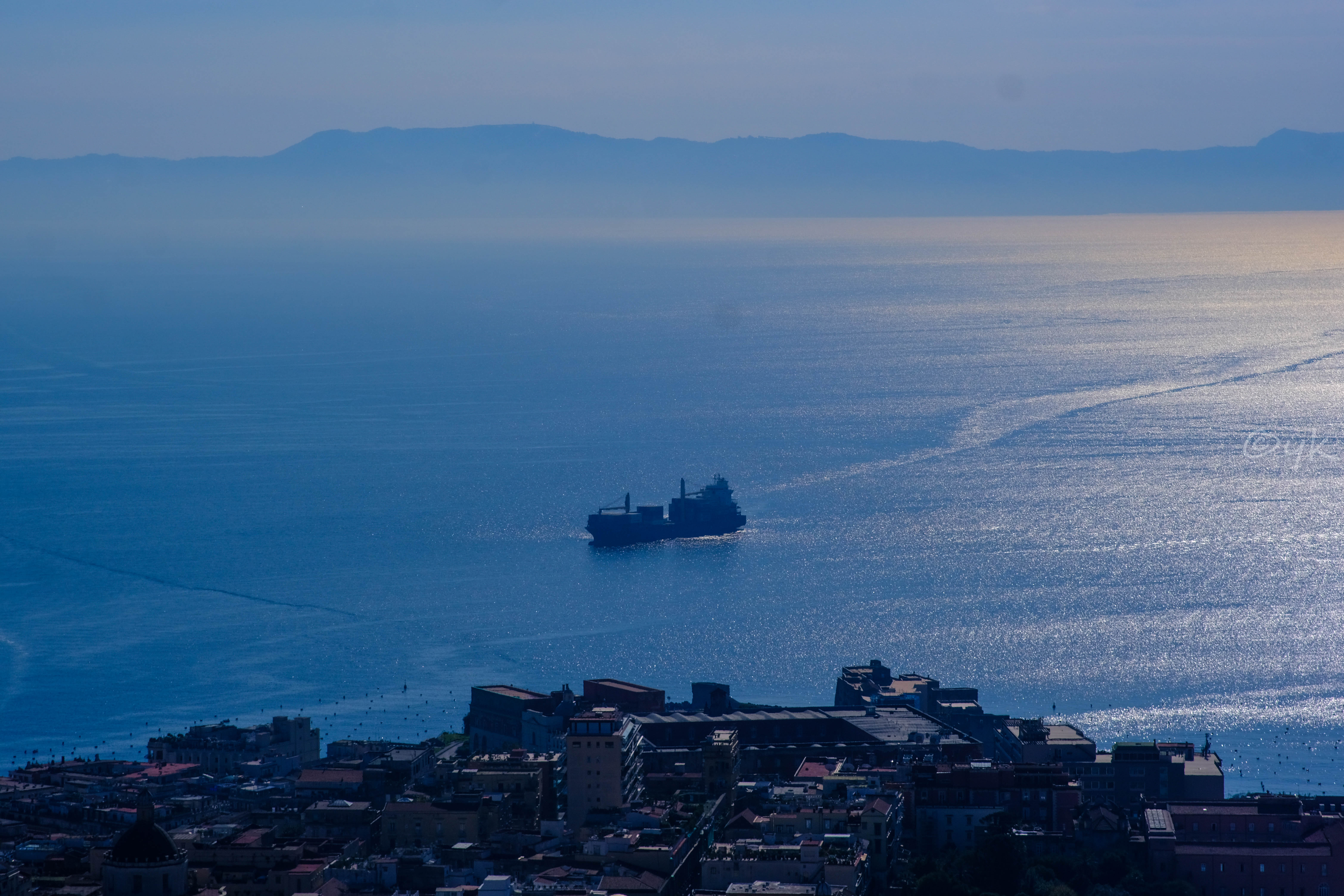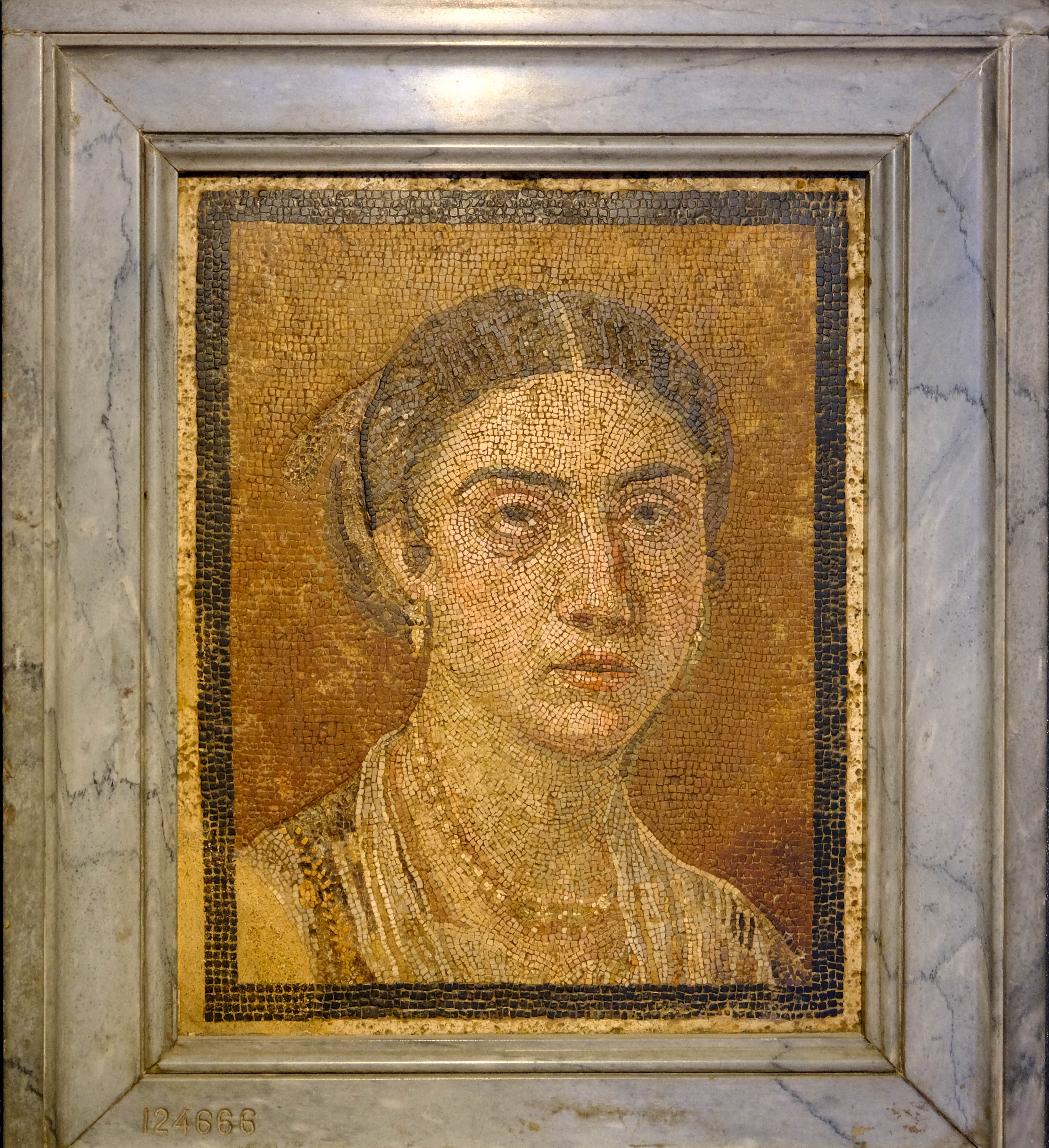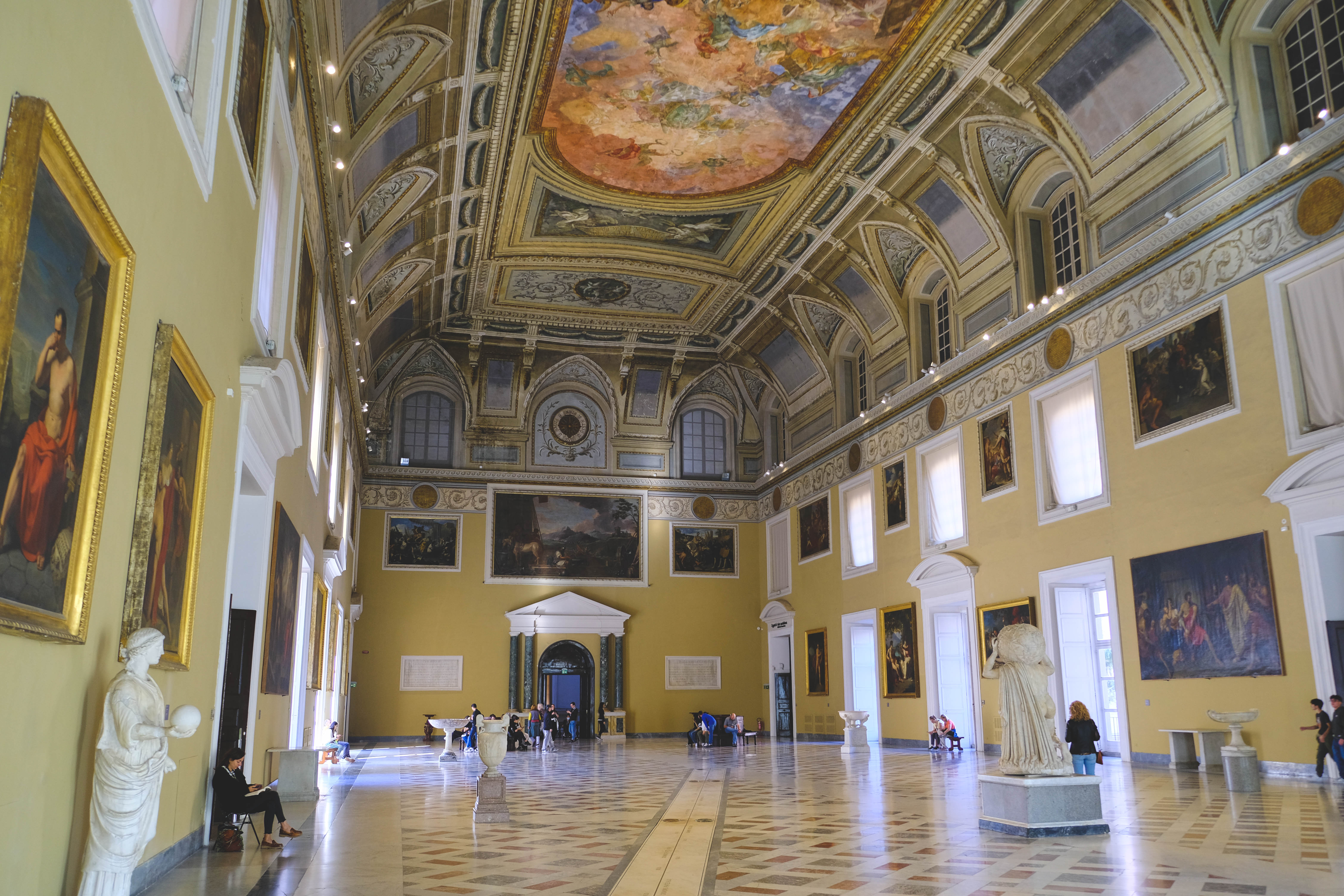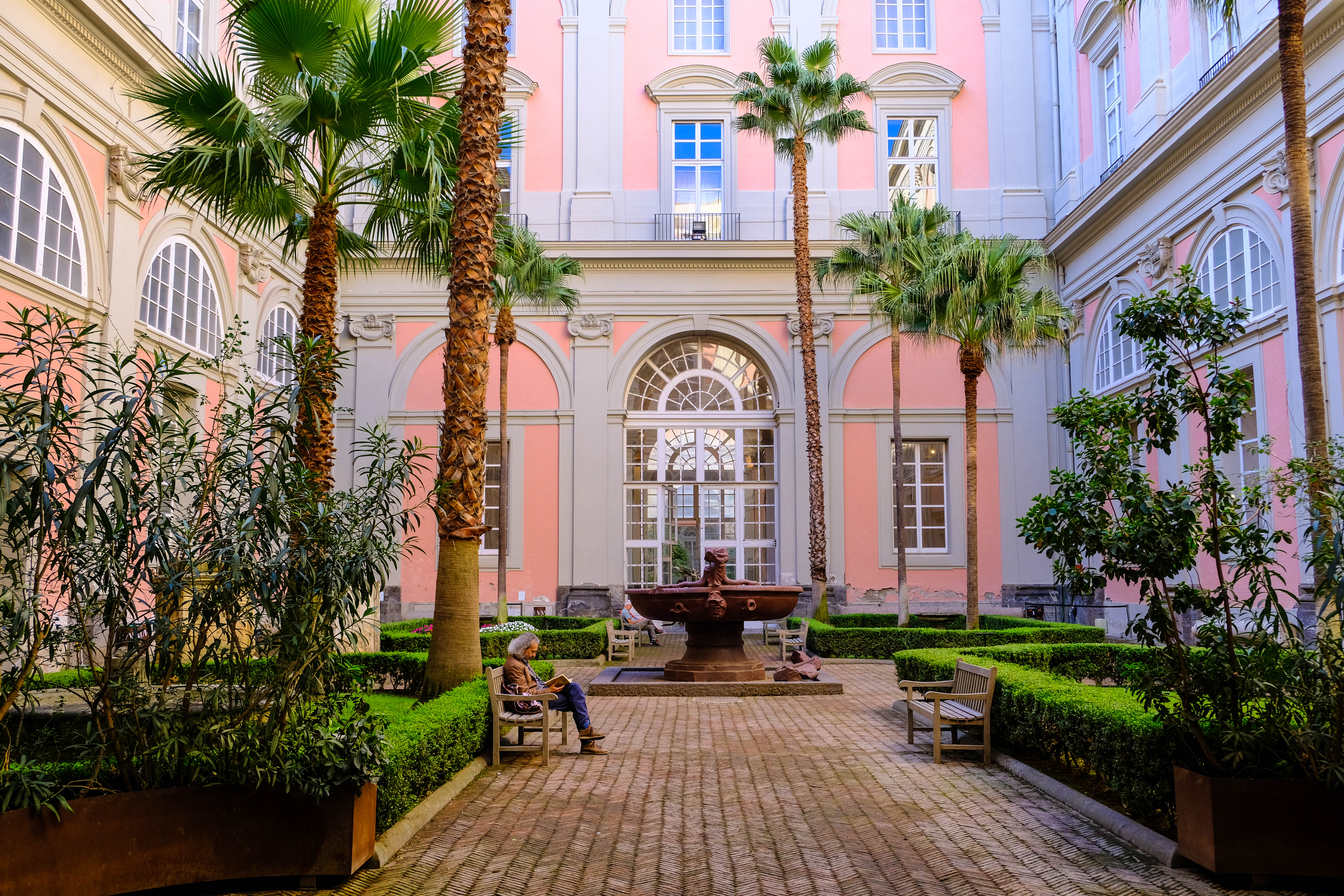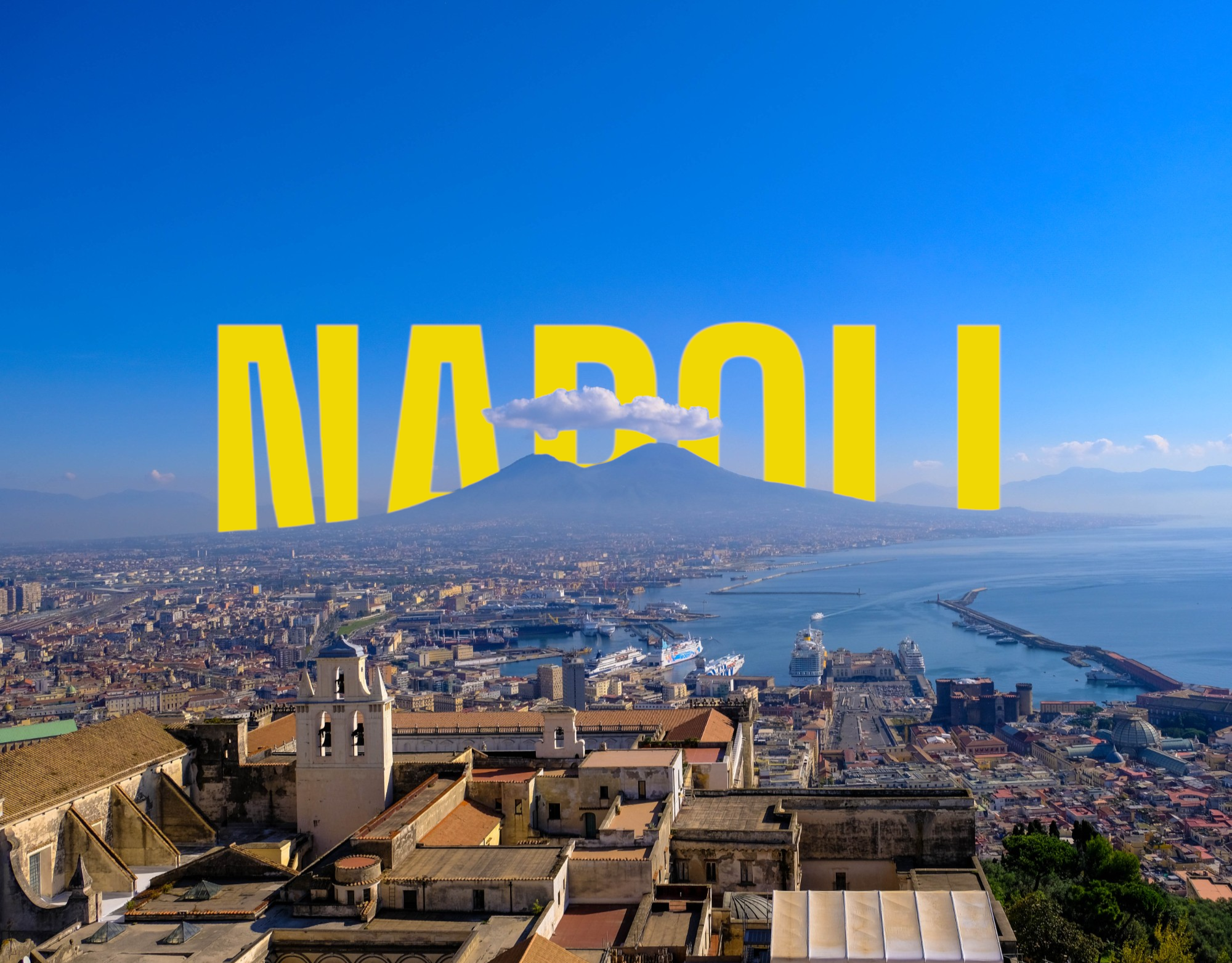
A Week in Naples: Volcanoes, Ruins, and Pizza
The morning sun was just beginning to peek over the Bay of Naples as I stepped out of my hotel to Castel Saint’Elmo. Before me lay a city that seemed frozen between epochs – modern apartments sharing walls with baroque palaces, and ancient Greek foundations supporting medieval towers. This was Naples, and I was about to embark on a week-long adventure through one of Italy’s most intriguing regions.
First Encounters with Napoli
My journey began in the historic center, where I found myself immediately lost in the best possible way. Narrow alleys opened into sudden piazzas, and the smell of fresh-baked sfogliatella led me to tiny bakeries tucked between centuries-old churches. The underground Greek-Roman aqueducts beckoned, and I couldn't resist joining a tour that took us through the city's ancient waterways.
"Watch your step," our guide Marco warned as we descended into the tunnels. "You're walking where Greeks walked 2,500 years ago." The cool air and ancient stones told stories of a city that never stopped evolving.
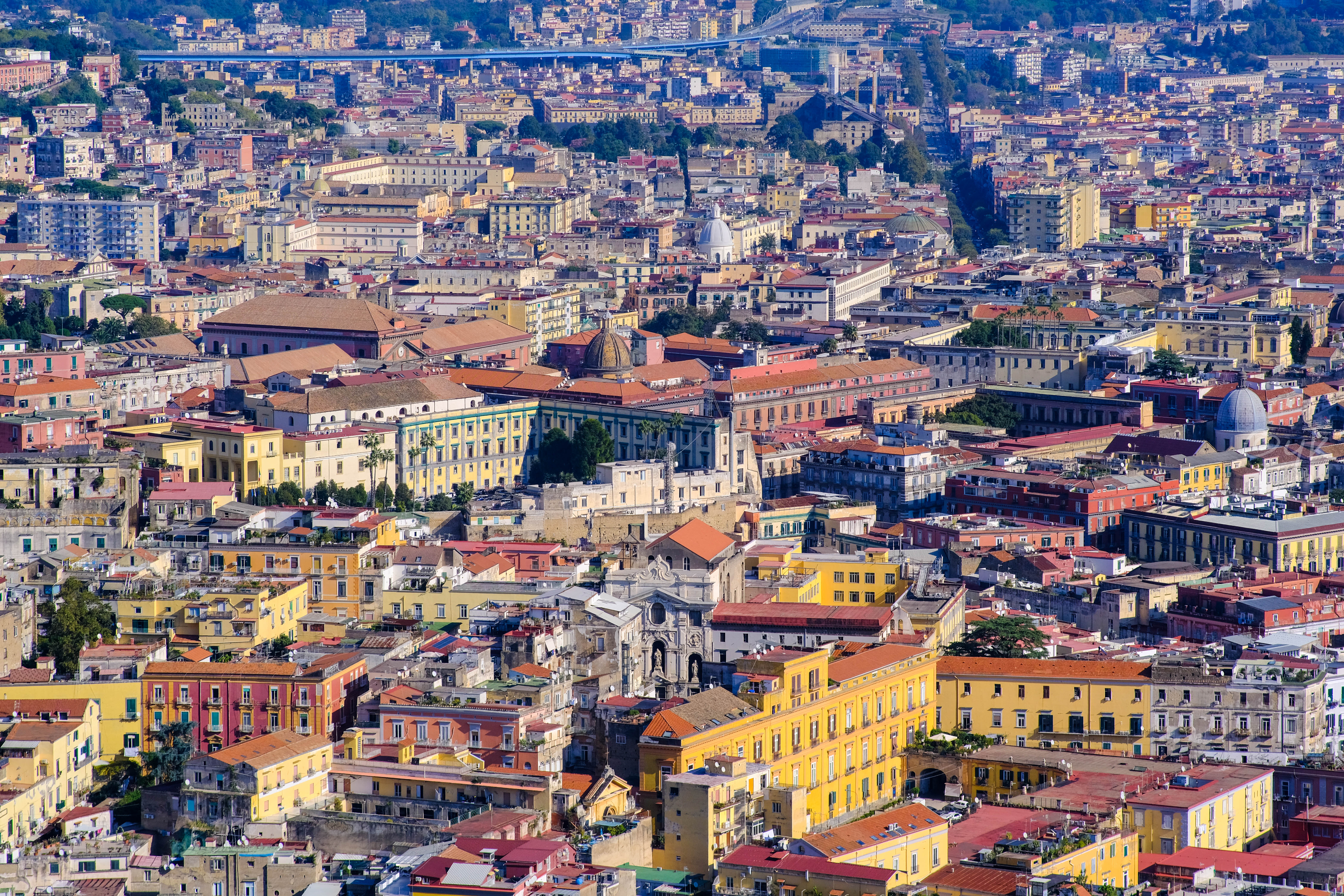
Treasures of Pompeii and Herculaneum
My third day began at the National Archaeological Museum, where the greatest treasures of Pompeii and Herculaneum find their home. "Everything you'll see in the ruins tomorrow comes alive here," explained Dr. Elena, my museum guide. The Secret Cabinet, with its collection of Roman erotica, was both fascinating and a little shocking. The mosaics and frescoes, preserved in stunning detail, offered a vivid glimpse into ancient life.
Later, I visited the Capodimonte Museum, a former royal palace now housing an impressive art collection. Walking through its grand halls, I marveled at works by Caravaggio, Raphael, and Titian. The museum's serene gardens provided a peaceful retreat from the bustling city below.

Face to Face with Vesuvius
The next morning, I set out early to conquer Vesuvius. "You're lucky," said Giuseppe, my taxi driver. "The mountain is clear today." As we wound our way up the serpentine road, he shared stories of his grandfather's memories of the 1944 eruption.
The hiking trail to the crater was steep but manageable. At the top, steam wisped from vents in the rock – a reminder that this sleeping giant is merely resting. Standing on the rim, looking down into the crater and out across the bay, I finally understood why the ancients believed this was the home of gods.
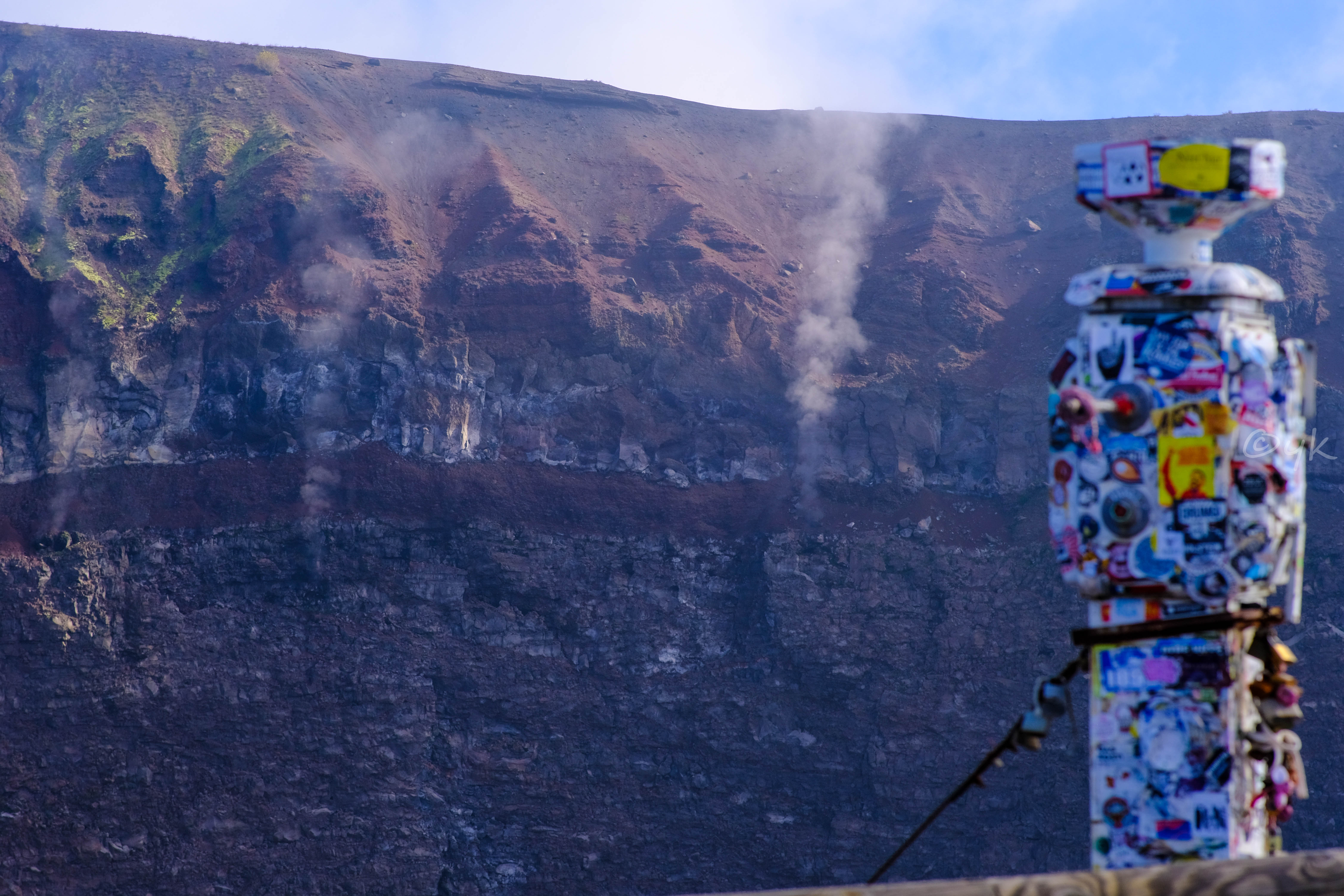
Walking Through Time in Pompeii
Dawn had barely broken when I entered Pompeii through the Marina Gate. "This is the best time," whispered Laura, my archaeologist guide. "You can almost hear the echoes of Roman footsteps on these stones." She was right – without the crowds, the ancient city felt alive.
We traced the deep chariot ruts in the stone streets, peeked into the recently discovered Thermopolium with its bright frescoes still advertising ancient fast food, and stood in reverent silence before the plaster casts of those who never escaped the eruption. In the Forum, Laura pointed out graffiti that could have been carved yesterday – political slogans, love notes, and even complaints about the price of wine.
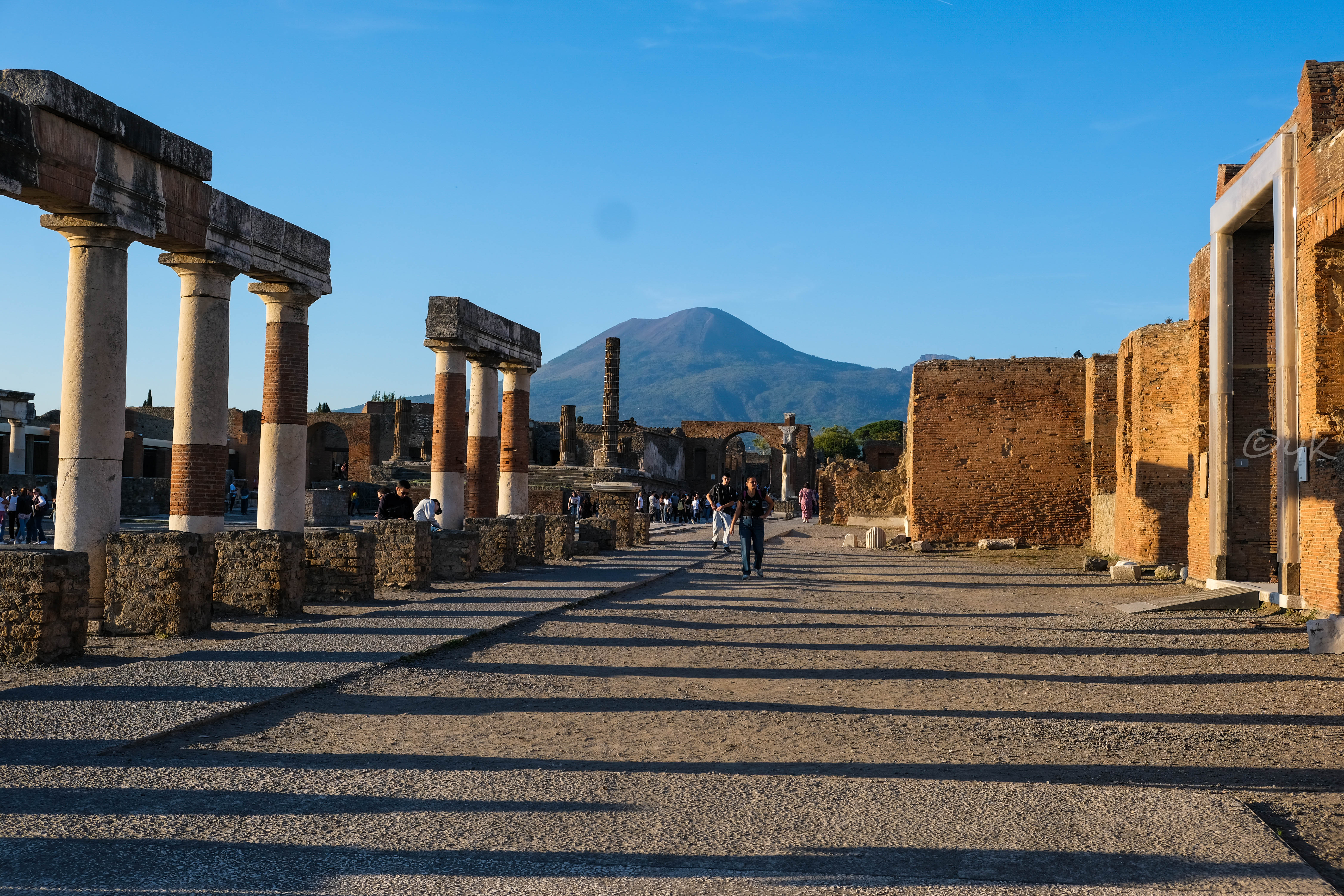
Herculaneum's Hidden Treasures
The next day took me to Herculaneum, where the story was different but equally compelling. Unlike Pompeii's ash burial, this city was entombed in hot mud that preserved even delicate items. Standing in the ancient boat houses where dozens of citizens made their last stand against the eruption, I felt a profound connection to that fateful day.
"Look up there," my guide Antonio gestured toward the modern town looming above. "That's how deep the mud was." The excavated city sits in a giant pit, a reminder that we're walking through just a small window into the past. The most exciting moment came in the Villa dei Papiri, where Antonio explained how modern AI technology is helping to read carbonized scrolls that haven't been opened since 79 AD.
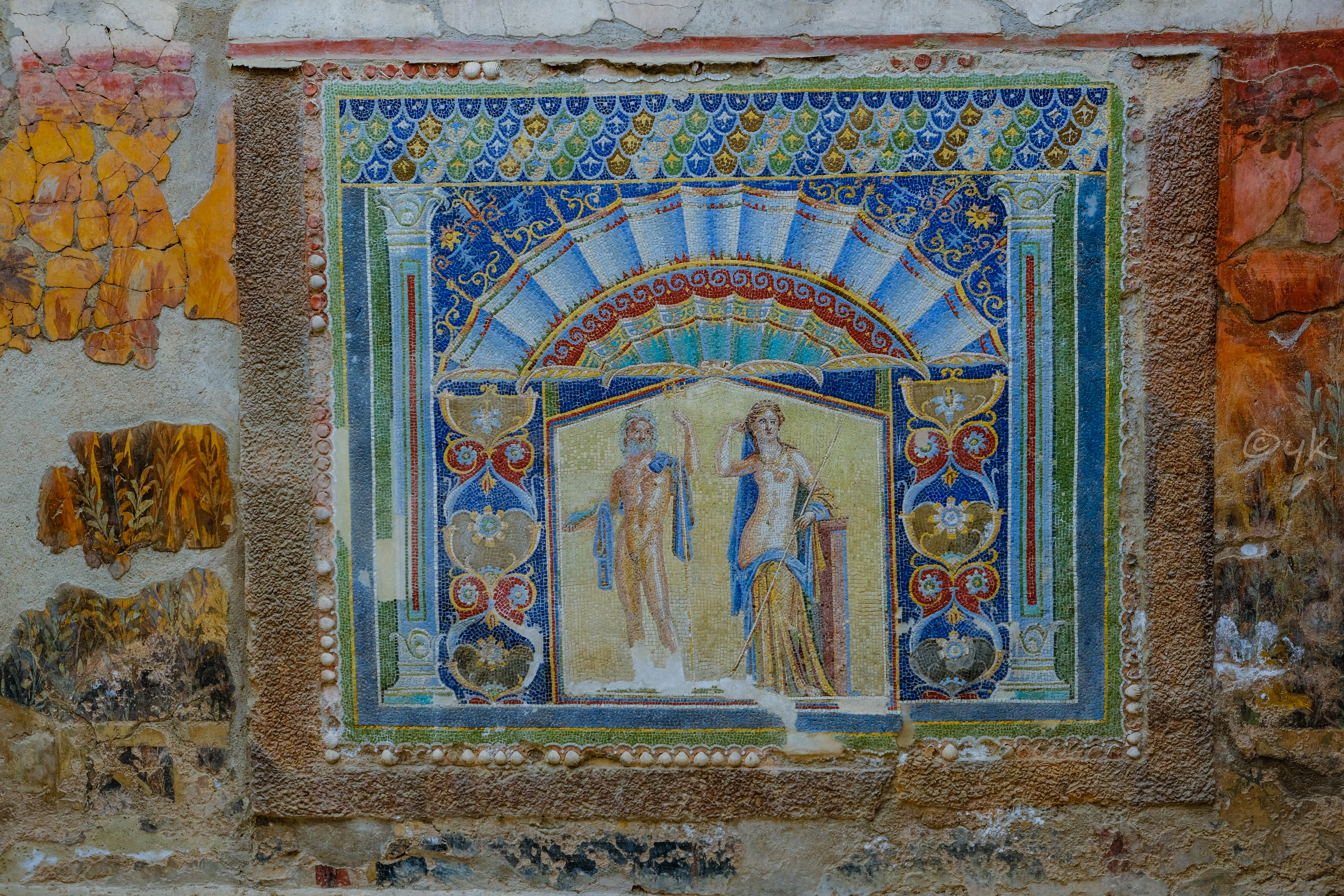
Finding Peace in Sorrento
After days of exploring ruins, Sorrento felt like stepping into a postcard. My small hotel, perched on the cliffs, offered views that stretched all the way back to Vesuvius. In the evening, I wandered through lanes draped with lemon trees, their fruit the size of grapefruits.
"You must try this," insisted Maria, the owner of a tiny limoncello shop, offering me a sample of her family's recipe. The sweet-tart liqueur was nothing like what I'd tried before. As the sun set, I found myself in Marina Grande, where fishermen were bringing in their catch. At a weathered table in a family-run trattoria, I savored the freshest gnocchi alla sorrentina of my life, the smell of basil mixing with sea air.
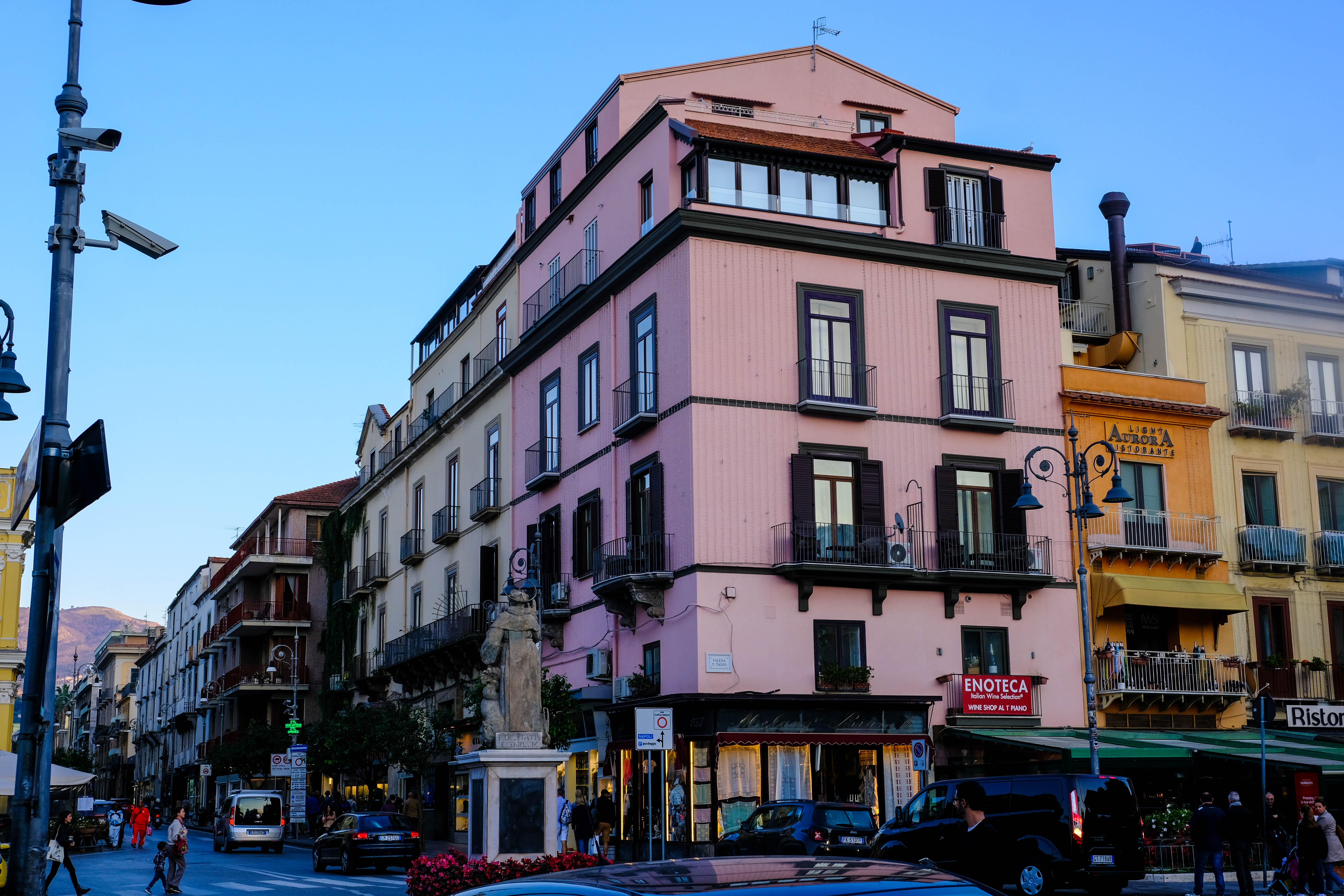
Practical Tips from My Journey
- Stay in the historic center – the chaos is part of the charm
- Buy the Campania ArteCard for museum access and transport
- Start early for Vesuvius and Pompeii to avoid crowds and heat
- Try the street food – especially the frittatina from Piccolo Friggitoria
A Farewell to Naples
As my week in Naples drew to a close, I found myself at a small café near Piazza Bellini, sipping the last of my espresso and watching the city pulse with life. Naples isn't just a destination; it's an experience that changes you. From the depths of ancient tunnels to the heights of Vesuvius, from the frozen moments of Pompeii to the timeless beauty of Sorrento, each day brought new discoveries and unforgettable memories.
Thank you for joining me on this journey through one of Italy's most captivating regions. I hope these stories and tips inspire your own Neapolitan adventure. Remember, as the locals say, "Vedi Napoli e poi muori" – See Naples and die, because once you've experienced its magic, nothing else quite compares.
Until our paths cross again, arrivederci!
